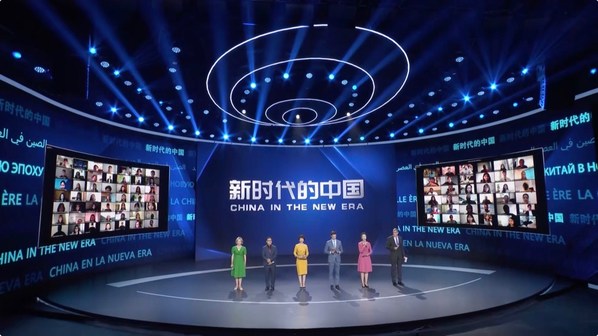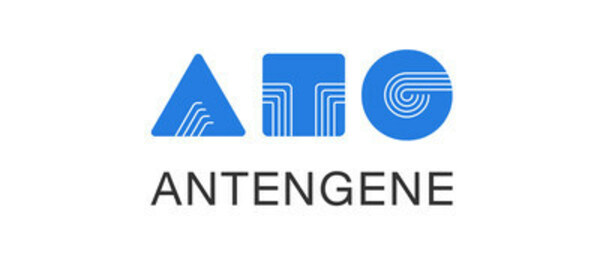TSUKUBA, Japan, Feb. 16, 2024 /PRNewswire/ -- Scientists from the Research Center for Materials Nanoarchitectonics (MANA) have now enhanced Mg3(Sb, Bi)2-based alloys with molybdenum, paving the way for materials that efficiently harness heat energy.
Image: https://cdn.kyodonewsprwire.jp/prwfile/release/M105739/202402086375/_prw_PI1fl_PFe1hPJC.jpg
Thermoelectric (TE) materials convert heat into electricity and can contribute to compensating for the global fossil fuel shortage. Their conversion mechanism relies on factors such as electron and vibrational wave (phonon) scattering at grain boundaries (GB) that form between different crystal orientations in a material. Notably, some kinds of doping can show potential to optimize thermoelectric performance and enhance the heat-to-electricity conversion efficiency.
Among promising TE materials are alloys containing magnesium and antimony or bismuth, denoted as Mg3(Sb, Bi)2. Since reducing GB scattering can enhance their performance, it is worth probing how certain kinds of doping can affect these alloys.
Now, in a recent study led by Dr. Takao Mori, Group Leader of the Thermal Energy Materials Group at MANA, at the National Institute for Materials Science (NIMS), along with first author Mr. Longquan Wang, Mg3(Sb, Bi)2-based alloys were enhanced by the addition of molybdenum (Mo). The team discovered that Mo aids electron movement by regulating the grain size and band structure (allowed energy levels for electrons in a solid). They also optimized the Sb to Bi ratio to restrain phonon transport by introducing structural defects, reducing phonon group velocity and increasing atomic disorder. A single-leg device achieved close to 12% conversion efficiency.
The practical implications of this study could have substantial real-world effects. Moreover, Mg3(Sb, Bi)2-based materials use abundant and low-cost elements, unlike alloys such as PbTe and GeTe, which contain rare and toxic elements. According to Dr. Mori: "With the intensifying energy consumption and environmental issues, recovering waste heat from industry, transportation, and daily life is an important issue. Thermoelectric devices can directly convert heat into electricity, thereby providing a potential solution for the energy crisis and environmental issues."
In summary, MANA scientists have achieved improved thermoelectric performance in Mg3(Sb, Bi)2-based materials, opening possibilities for developing materials capable of harvesting heat effectively.
Research Highlights Vol. 87
https://www.nims.go.jp/mana/research/highlights/vol87.html
Official website: https://www.nims.go.jp/mana/index.html











